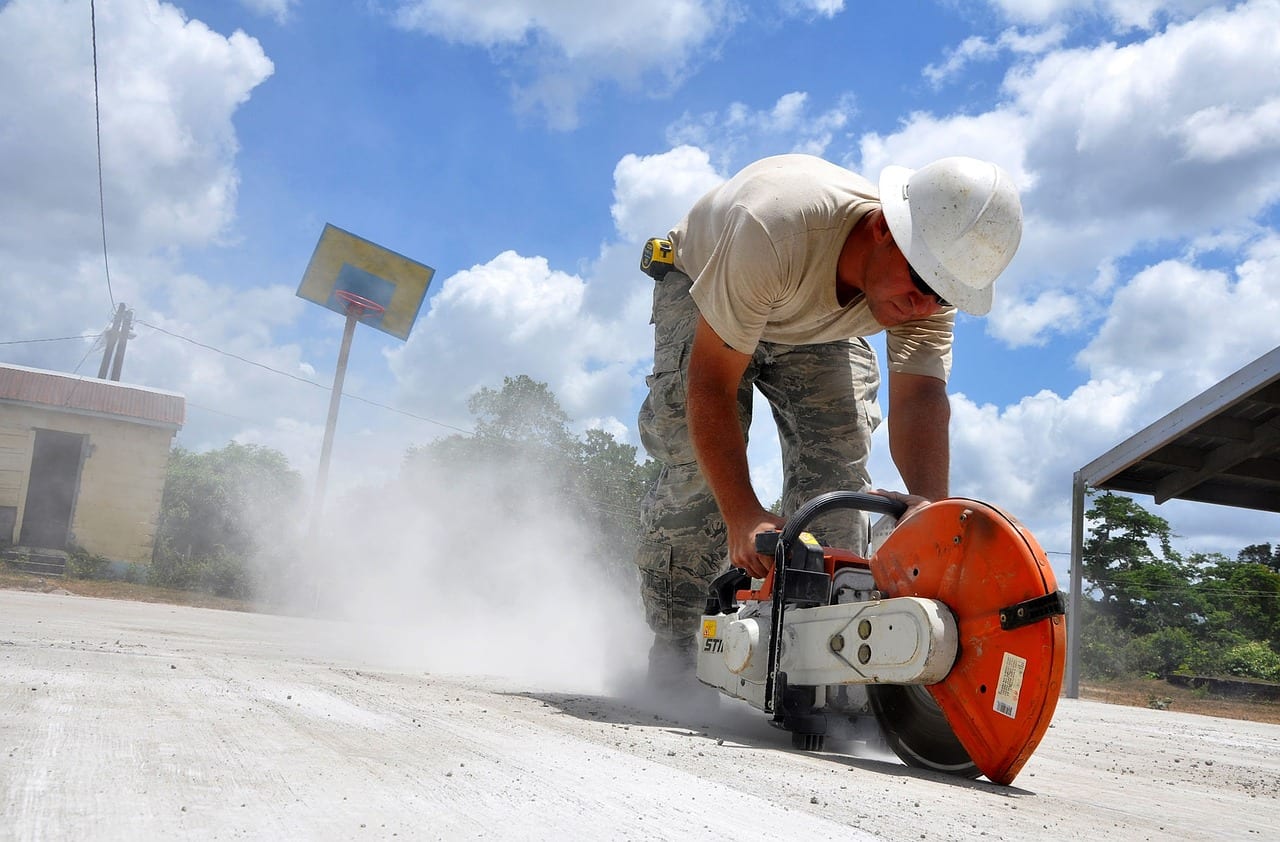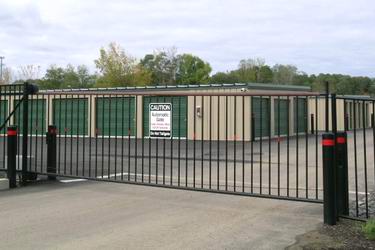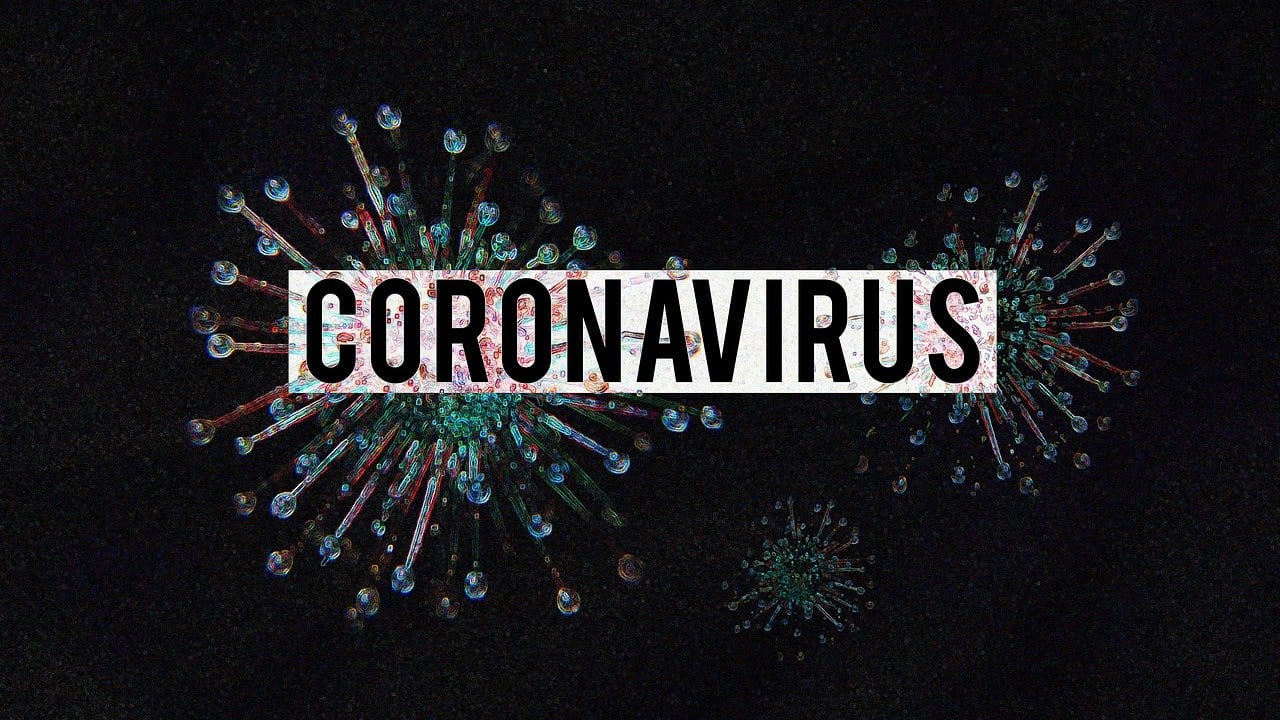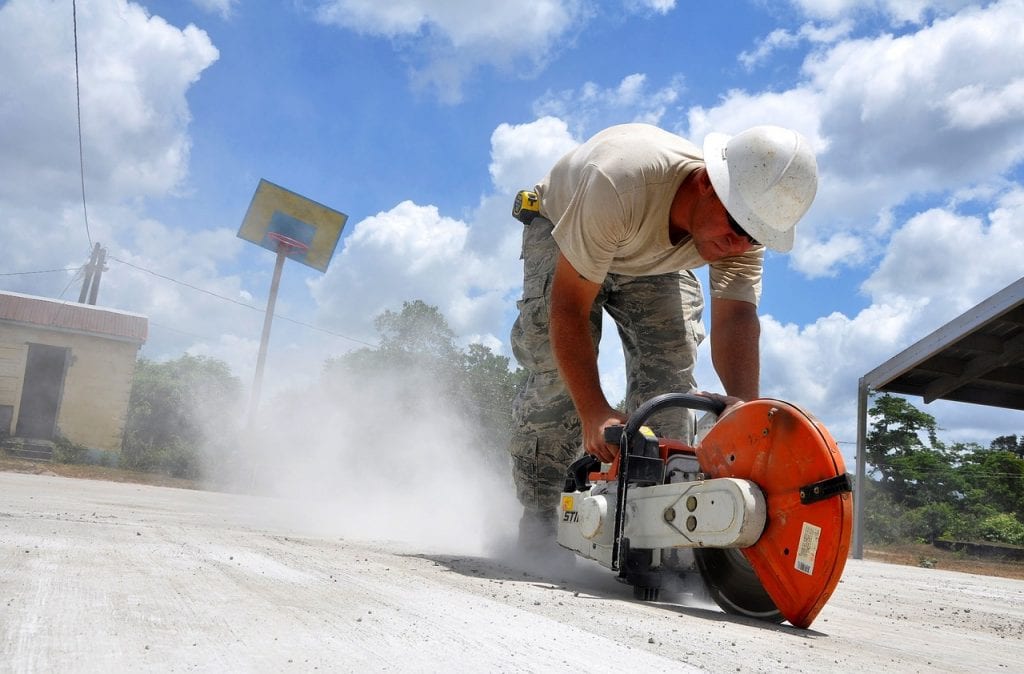
Crystalline Silica and Silicosis (The new Asbestos?) – Silicosis is a lung disease caused by breathing in tiny bits of silica, a mineral that is part of sand, rock, and mineral ores such as quartz. It mostly affects workers exposed to silica dust in occupations such mining, glass manufacturing, and foundry work. Over time, exposure to crystalline silica particles causes scarring in the lungs, which can harm your ability to breathe.
Silicosis can develop within a few weeks or even decades after exposure.
So how do you know if you have a form of silicosis? It can be difficult, as the disease can remain undetected for decades. However, common symptoms include severe coughing, feeling weak and suffering from shortness of breath. When people breathe silica dust, they inhale tiny particles of the mineral silica. This silica dust can cause fluid build-up and scar tissue in the lungs that cuts down your ability to breathe. This can lead to lung scarring and cough, weight loss, and fatigue.
Silicosis can reduce your body’s ability to fight infections, and people with the disease are at risk for other lung diseases, such as tuberculosis.
Many occupations and jobs can expose the you to Silicosis including (but certainly not limited to):
- Using power tools to remove paint or rust
- Performing abrasive blasting
- Grinding mortar
- Crushing, hauling, chipping and drilling concrete or rock
- Dry sweeping dust from plaster, crushed concrete or rock
- Finishing plasterboard or gyprock.
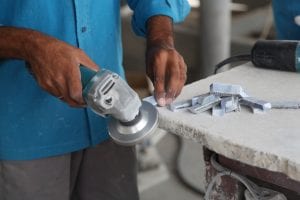
To help prevent the development of silicosis it has been recommended to do the following:
- Know the dangers of breathing in crystalline silica dust and avoid working in or near dust whenever possible
- Use water spray systems and proper ventilation in confined spaces
- If water systems and ventilation are not enough, your employer should provide respirators specifically designed to protect against crystalline silica
- Take advantage of health and lung screenings offered by your employer
- Thoroughly wash your hands before eating or drinking in dusty areas
- Shower and change into clean clothes before leaving work to help prevent contamination of your car or home.
- Remember… Even if you can’t see dust, you may still be at risk.
Australia is seeing the re-emergence of diseases like silicosis and coal worker’s lung (also known as black lung) that were thought to have disappeared many years ago. So, workers, employers, doctors, public health officials, and legislators need to work together to prevent more cases of these deadly, but preventable lung diseases.
Worksafe NZ recently updated their safety alert on accelerated silicosis based on the progressive lung disease that has arisen in stonemasons in the benchtop industry in Australia.
It is therefore vital for your health and safety to reduce any risk of exposure when working with (or in the vicinity of) silica dust.
Construction Subbies WHS Toolkit
https://worksafe.govt.nz/about-us/news-and-media/accelerated-silicosis/


